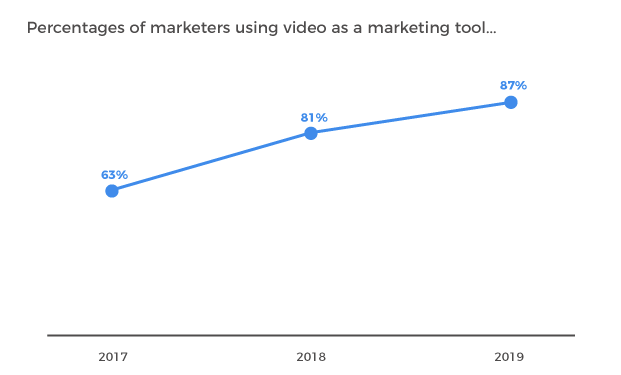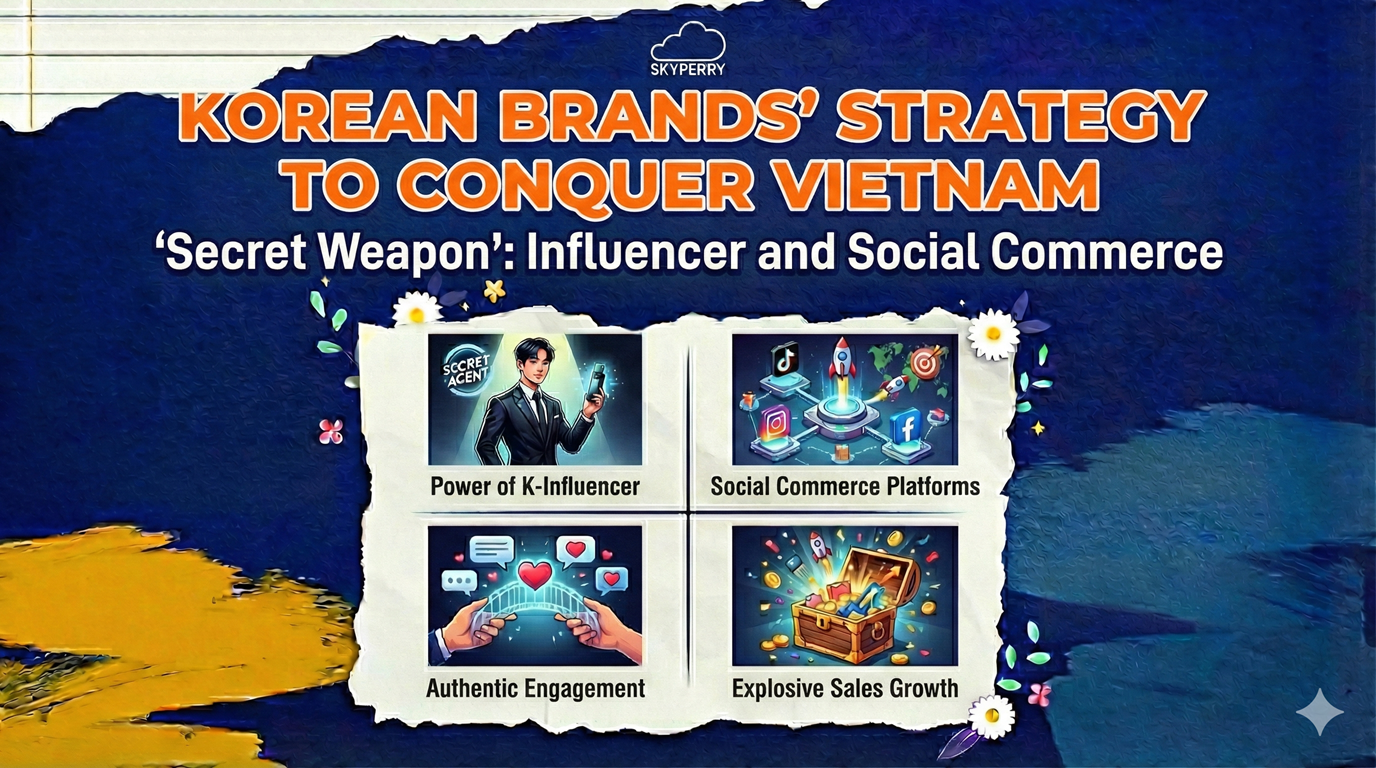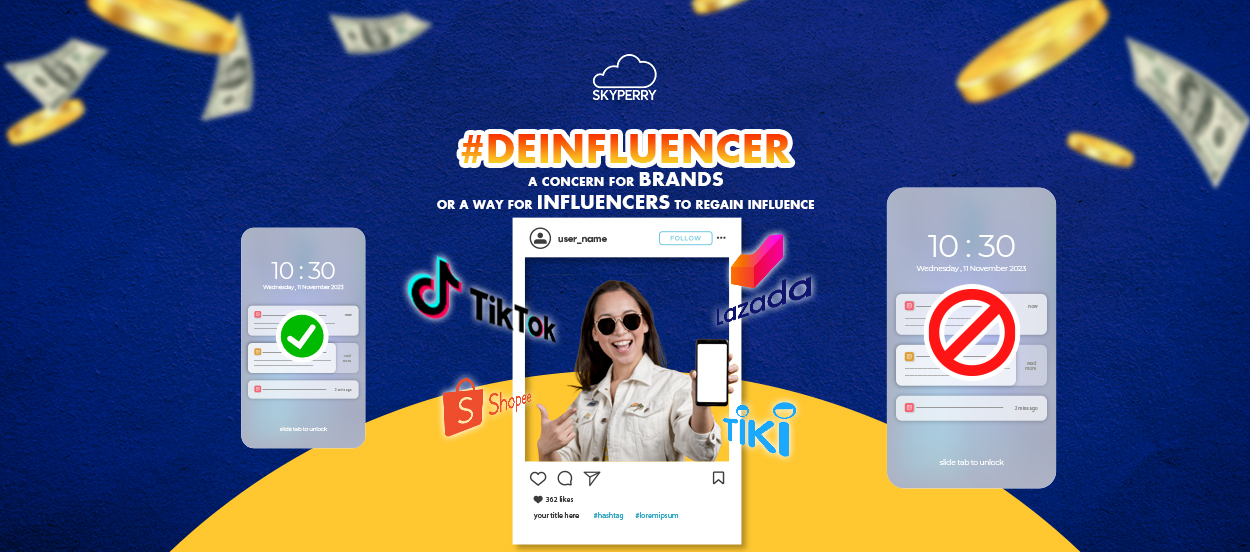Following up with the previous trends, 2020 influencer marketing trends have gradually shifted over the last few years. Sure it has suffered a few hiccups, thanks to fake followers, a lack of transparency in some influencer posts, and a few clueless “influencers” without influence, but its effectiveness must surely now be beyond dispute. However, any marketplace changes over time and influencer marketing will adapt to follow these changes.
- Firms Will Merge Content Marketing, Influencer Marketing, and Social Media Marketing
- Brands Will be More Determined to Find Influencers with Similar Values to Themselves
- Celebrities Will Become Less Relevant for Influencer Campaigns
- Long-Term Influencer Relationships Will Become the Norm – Rather Than Contracting on a Campaign by Campaign Basis
- Brands Will Increase Their Use of Employees and Customers as Advocates
- Influencers Will Make More Audio and Video Content
1. Firms Will Merge Content Marketing, Influencer Marketing, and Social Media Marketing
Until now, most brands and marketers have tended to think of content marketing, influencer marketing, and social media marketing as separate, discrete types of online marketing. Yet in reality, they are all just separate components of a single online marketing process.
This will become more evident over the next year. Most firms don’t just engage in one of these marketing activities – they cherry-pick the bits they like from all three.
You can look at content marketing as an overall process that involves creating content and sharing it with your customers and potential clients. Both influencer marketing and social media marketing concentrate more on content distribution – both types often use social media accounts as a delivery mechanism. The main difference between these two kinds of marketing is who physically creates the content and delivers it.
But even the most ardent supporters of influencer marketing still operate their own social accounts – just with lower follower numbers and less reach than those of influencers. And even avid supporters of successful social media marketing, such as Red Bull, happily work with influencers when they get the opportunity. Likewise, the operators of the largest, most successful blogs and company websites, use social media accounts (both their own and those of experts in their niche) to promote their content.
This is likely to become more evident in 2020. Firms will continue to create content – blogs, YouTube videos, podcasts, and graphics. They will share it themselves via their company social accounts, and keep on trying to increase their company’s social reach. But they will also work with the influencer superstars in their niche to make and share content with potential new customers.
2. Brands Will be More Determined to Find Influencers with Similar Values to Themselves
An area that has tarnished influencer marketing over recent times has been when brands have become ashamed of their relationship with influencers because of poor or controversial behavior. Some examples of this include PewDiePie’s partners walking after a series of racist videos, and a similar departure of advertisers from Logan Paul’s YouTube channel after he uploaded a video showing a suicide victim in Japan’s Aokigahara forest.
The problem isn’t that everybody condemned the actions of PewDiePie and Paul, both still kept their ardent supporters, but that there was a values mismatch between these people and the brands they represented.
Businesses now realize that there needs to be a better match between their intrinsic values and those of the influencers with whom they work. You can’t blindly choose to work with influencers merely because they are famous – or even because they have an audience similar to your customer base. You first need to check for values compatibility.
If you market yourself as edgy, perhaps maverick, then you can work with the slightly wilder, contentious influencers. But if you target a more mainstream, conservative audience, you can’t take risks working with liberal or unpredictable influencers. If you come across as family-friendly, it would be foolhardy to work with influencers who push taste or legal boundaries.
3. Celebrities Will Become Less Relevant for Influencer Campaigns
There has long been confusion about what makes an influencer. To many people, the word “influencer” conjures up memories of celebrity endorsers, such as Kim Kardashian. Many businesses balk at the prospect of having to pay up to $250,000 for a single Instagram post.
It is only beginning to dawn on people that the first requirement for being an influencer is being capable of influencing the decisions of others. You have to be a specialist in some niche to be an influencer – just being famous or having lots of followers isn’t enough.
There is a delicate balancing act in influencer marketing. You have to balance the benefits gained from working with somebody who has a large following, against how much those people take notice of suggestions made by that person. You then have to compare all of this to the cost of working with the person. Sure, in some cases, you can make up for the lack of genuine influence by the sheer number of people who may see a post promoting your product. But more often than not, an enthusiastic micro-influencer, with a smaller, but keen and dedicated following, provides better value for money.
As we enter 2020, likely, firms will better understand this. The best value for money in influencer marketing comes when you find a genuine enthusiast in your niche who has an audience that aligns perfectly with your target market.
4. Long-Term Influencer Relationships Will Become the Norm – Rather Than Contracting on a Campaign by Campaign Basis
In the early years of influencer marketing, most brands selected influencers on a campaign-by-campaign basis. The nature of this meant that relationships tended to be short-term and fleeting; although brands would sometimes return to those people whom they had built a successful relationship with in the past.
However, as the influencer marketing industry grows, brands are discovering the benefits of building longer-term relationships with their influencers.
This makes sense – and even mirrors many of the old-style celebrity marketing campaigns of the past. Influencers gain their mantle because of their authenticity and ability to build trusting relationships with their followers. Logically, it makes sense for them to also build longer relationships with brands too.
It also saves brands the time, expense, and effort of searching for a new selection of influencers for each campaign. Assuming that they did their homework in the first place, and selected influencers whose audience matches the band’s target market, then there should be little reason to change them, just because it’s time to move on to a new campaign.
Of course, brands may use different groups of influencers for different products in their range. Suppose you sell some products targeting luxury consumers, and others to people more budget-conscious. In that case, you have two distinctly different audiences who will favor different influencers. But once you have identified your core groups of influencers, there is little reason to change them.
5. Brands Will Increase Their Use of Employees and Customers as Advocates
When we think of influencer marketing we usually think about brands working with people who are already popular online in a particular niche – generally on social media, social video, or on a blog. But there are a few other relevant groups of people with an online presence that brands can use to promote their products.
These are the people who already like your products, and who would be willing to use their social channels to promote them. Your two largest groups of advocates are likely to be satisfied customers and your employees.
While both customer and employee advocacy exist, and we have often written about them, relatively few firms have realized the underutilized potential they have. This is likely to change as businesses recognize that although these people may not have the largest followings, their enthusiasm and knowledge about the company’s products are likely to make up for their smaller reach.
6. Influencers Will Make More Audio and Video Content
Over time internet speed and bandwidth have improved dramatically. This means that it is easier than ever to make and share video and audio content with your followers. Earlier this year, Biteable collated a series of video marketing statistics, including:
- 81% of businesses use video as a marketing tool
- 6 out of 10 people would rather watch online videos than television
- mobile video consumption rises by 100% every year
- a Facebook executive predicted that their platform would be all video and no text by 2021

Percentages of marketers using video as a marketing tool from 2017 to 2019
While audio content may not be as spectacular as video, it too performs well, when compared to straight text posts. Musicoomph has similarly charted the rise of podcasting and includes the following stats:
- there are more than 700,000 active podcasts and more than 29 million podcast episodes
- 51% of the U.S. population (approx. 165 million people) have listened to a podcast
- young people (18-44 Yrs) makeup 67% of the Podcast Audience
YouTube is one of the quickest growing social platforms, and comparative newcomers like Twitch and TikTok are also performing exceptionally well.
It seems inevitable that influencers will create more audio and video content in 2020 because that is clearly what their audiences now demand.
100+ video marketing stats you need to know in 2020
(Source: Influencer Marketing Hub)



